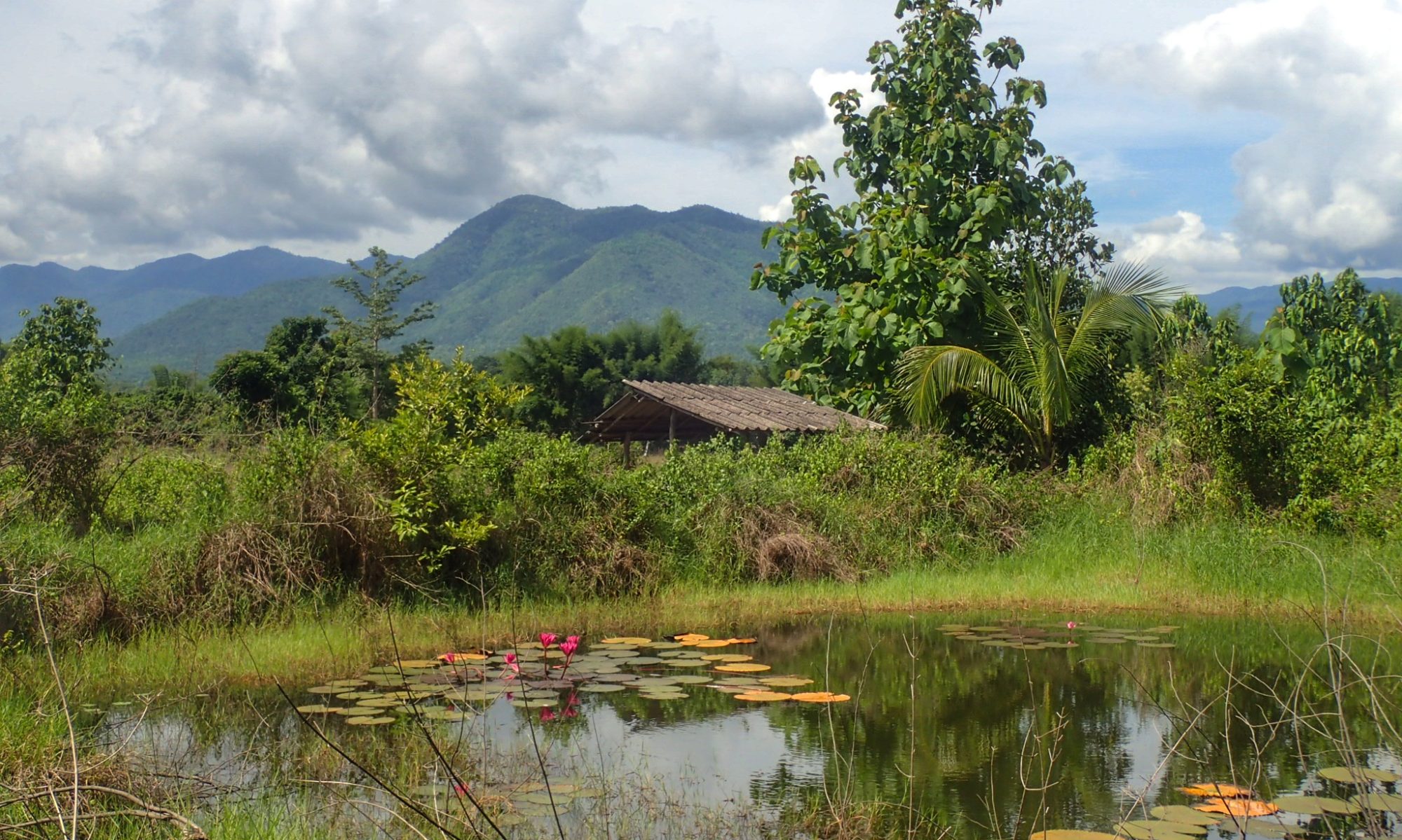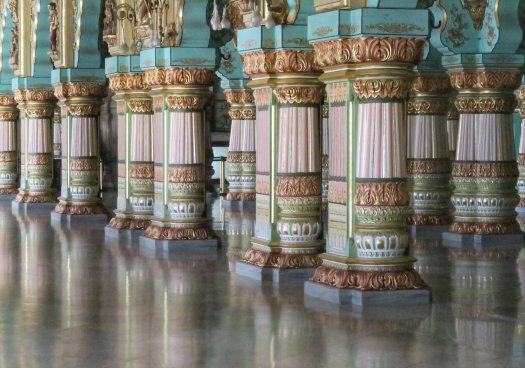Today was full of ups and downs, but it had some really great parts.
What a crazy place to be a foreign tourist, Tamil Nadu is… I hate to say it, but as amazing as the highlights have been, the lows have been a bit discouraging. In one day, all of these incredible and disconcerting things happened:
- A nice fellow from North India joined us for breakfast and we spoke about our mutual travels around India and Southeast Asia.
- When he heard we were cycling, he then proceeded to tell us that he doesn’t like cycle tourists because they rush through places and don’t get to see anything. WTF?! I was too tired and already discouraged from yesterday to have an argument with him, but I told him he was wrong, we see 100 times more than any tourist, and he backed off. Why would someone dare to make such a blanket judgmental statement to our face?
- A bunch of touts outside our hotel kept poking our bikes getting in the way of us packing them, and we had to tell them to stop.
- A hundred people passing us on the highway gave us thumbs ups, waves, peace signs, smiles, and hellos.
- Three hotels in our destination town refused to give us rooms because we are foreigners. We showed them that they had rooms listed online, and the promptly picked up their phones pretending to be busy and shooed us away. One other hotel would give us a room but had no place secure for the bicycles and refused to let us bring them in the room. Prior to this, in 10 months of travel, we’ve only been refused a hotel twice, both because they had no secure bike storage, zero have lied to our face about availability. Four refusals in one day is absurd and really gives me a foul impression of Tamil Nadu, I hate to say.
- Even on the 4-lane highway, the scenery was stunning as we rode through rice paddy fields with wind turbines and mountains for a backdrop.
- After being refused at 3 hotels, two guys on a motorbike waved and said, “welcome to India!” I smiled back and beckoned them over, and asked if they could help us figure out why hotels wouldn’t give us a room. But alas, “welcome to India” appeared to be the only words they knew in English.
- We had to spend 4 times our hotel budget for a boutique hotel that was amazingly courteous and let us bring the bikes into the room. And they have a bar, a rarity in the prohibition-happy southern states. I need it after today’s nonsense.
- We decorated our backpacks with Santa ornaments! Steve’s fell off though!

- And the one most awesome thing that happened today was one of the nicest simple gestures any stranger has done for us on this entire trip, and really really makes me want to love Tamil Nadu despite all the other bad experiences here. A man pulled his car over on the highway and jumped out and handed us two small woven boxes with candy and caramels inside. We later learned that this a tradition of the region, and several locals were very impressed that we had received this gift and said it was a very great gift to receive.


We were lucky today to be in a town with a boutique hotel and with a credit card to use. Tomorrow we might not be as lucky. It’s 80km to our preferred hotel, and 100km to our second choices. None of them are bookable online (without an Indian credit card), and if they all say we can’t stay, then we will be knocking on the door of some churches and hoping to have a place to wake up on Christmas Eve or else riding into the dusk towards Madurai.
We are thinking of flying from Chennai to Thailand in a few weeks. We will have to take a flight at some point from India (or Bangladesh) anyway because of being unable to get a border crossing permit from India to Myanmar, and we have been in India longer than any other country so we are ready for our next country. And it will be nice to be in a place that’s more common for cycle touring as well; we haven’t met a single other cycle tourist in 2 months in India. But we are still excited to see some of the UNESCO temples between here and Pondicherry and think we will enjoy Pondicherry and Auroville as well, so we still have some things in India to look forward to!














































































































